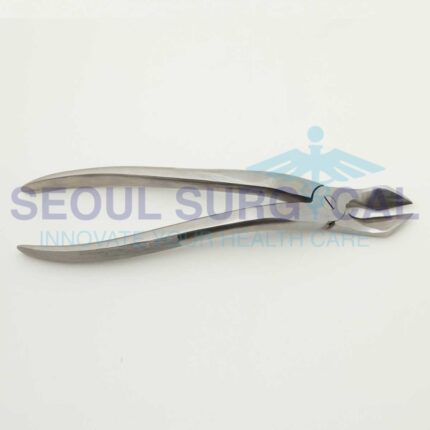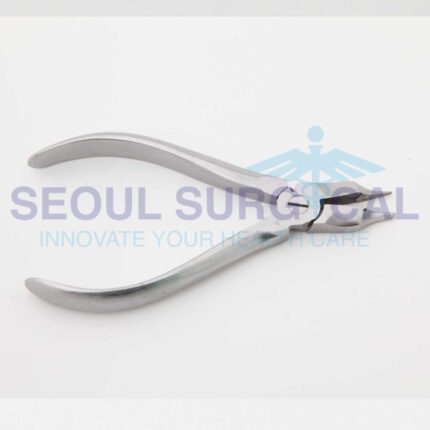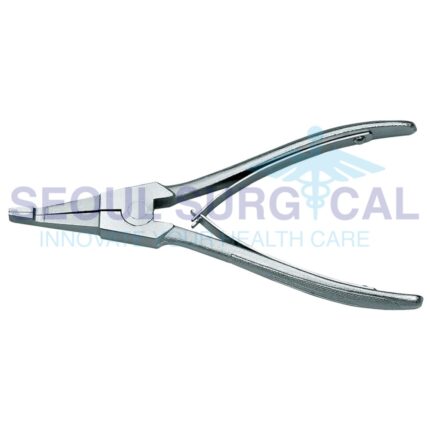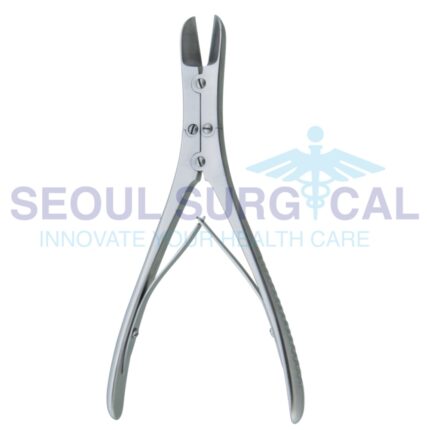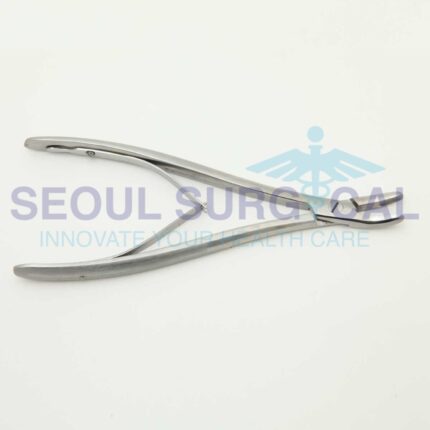Cutting Through Complexity: The Art of Bone Reshaping with Rongeurs
It's important to note that bone rongeurs are just one category of instruments used in orthopedic and maxillofacial surgery. Surgeons may select specific types and sizes of rongeurs based on the nature of the procedure and the anatomical location. Additionally, advancements in surgical techniques and technology may lead to variations in instrument design over time.
From Fracture to Form: Unleashing the Power of Bone Rongeurs in Surgery
It's important to note that bone rongeurs are just one category of instruments used in orthopedic and maxillofacial surgery. Surgeons may select specific types and sizes of rongeurs based on the nature of the procedure and the anatomical location. Additionally, advancements in surgical techniques and technology may lead to variations in instrument design over time.
Orthopedic Craftsmanship: Mastering Surgical Precision with Bone Rongeurs
It's important to note that bone rongeurs are just one category of instruments used in orthopedic and maxillofacial surgery. Surgeons may select specific types and sizes of rongeurs based on the nature of the procedure and the anatomical location. Additionally, advancements in surgical techniques and technology may lead to variations in instrument design over time.
Precision Sculpting: Navigating Orthopedics with Bone Rongeurs
It's important to note that bone rongeurs are just one category of instruments used in orthopedic and maxillofacial surgery. Surgeons may select specific types and sizes of rongeurs based on the nature of the procedure and the anatomical location. Additionally, advancements in surgical techniques and technology may lead to variations in instrument design over time.
Redefining Bone Surgery: The Role of Advanced Rongeurs in Modern Medicine
It's important to note that bone rongeurs are just one category of instruments used in orthopedic and maxillofacial surgery. Surgeons may select specific types and sizes of rongeurs based on the nature of the procedure and the anatomical location. Additionally, advancements in surgical techniques and technology may lead to variations in instrument design over time.

